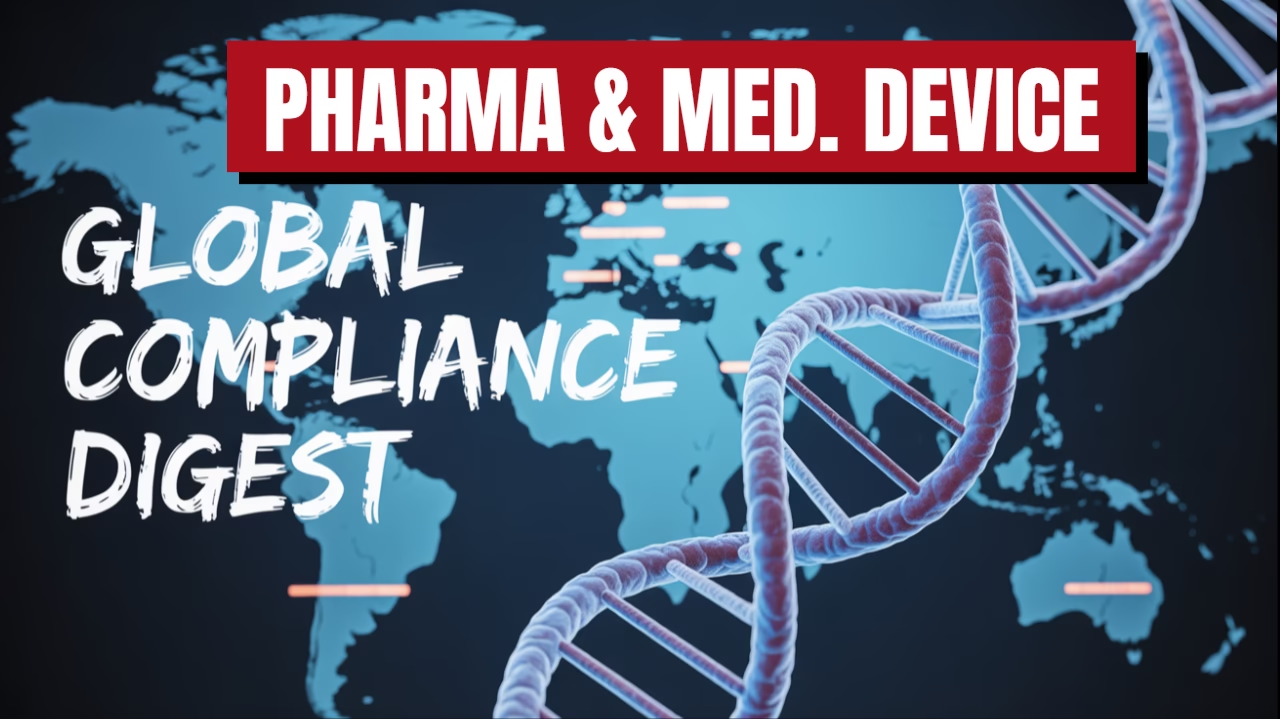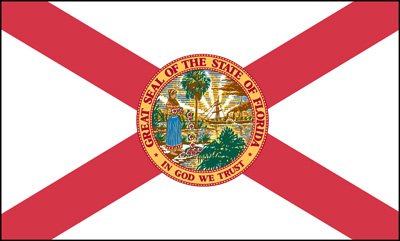Agentic AI is pioneering a new era of innovation in Australia by seamlessly integrating advanced artificial intelligence capabilities with robust privacy compliance measures.
A few weeks after the Office of the Australian Information Commissioner (OAIC) published fresh guidance on artificial intelligence, tech headlines buzzed with one takeaway: privacy is now the decisive ingredient in Australia’s AI gold rush. Agentic AI, a home-grown scale-up, leans into this moment. By weaving privacy and AI into the same design fabric, it proves that compliance need not dull the edge of innovation.
Privacy AI
Australia’s 37-year-old Privacy Act 1988 has outlasted floppy disks, dial-up modems, and even the National Privacy Principles it first birthed. Its modern heartbeat is the 13 Australian Privacy Principles (APPs), which apply to any “APP entity” turning over more than A$3 million or handling sensitive personal information. The law’s broad, technology-neutral language has become the main stage on which today’s AI dramas play out.
Why the OAIC’s 2024 AI Guidance Matters
When generative models spilled from research labs into customer chatbots, the OAIC moved quickly. Two companion guides—one for businesses buying commercial AI tools, another for developers training models—clarify how the APPs bite across the data life-cycle. Key expectations include:
-
Collect only data that is reasonably necessary for a specified purpose (APP 3), even if the data sits openly on the web.
-
Build “privacy-by-design” into model pipelines, mirroring the regulator’s new 10-point checklists.
-
Delete or de-identify personal information when it is no longer required (APP 11.2).
Put bluntly, “move fast and break things” now breaks the law.
Voluntary AI Safety Standard & Draft Guardrails
Canberra’s policy arc bends toward risk-based regulation. In September 2024 the Industry Department released a Voluntary AI Safety Standard plus a proposals paper for mandatory guardrails in “high-risk” settings. The draft guardrails:
-
Demand rigorous testing and audit before deployment.
-
Insist on transparency statements and watermarking of AI-generated content.
-
Require clear accountability lines for data governance.
Firms adopting the voluntary standard today are better placed to pass tomorrow’s compliance bar.
Ethics Framework: Beyond Check-the-Box
Australia’s AI Ethics Framework, led by CSIRO and Data61, distils eight principles—net benefit, do no harm, privacy protection, fairness, transparency, contestability, accountability, and legal compliance. Unlike the APPs’ statutory teeth, the ethics framework offers a moral compass. Yet investors increasingly treat these soft-law signals as a proxy for reputational risk. Companies blending the APPs with ethics principles build the trust premium regulators and customers now reward.
The Agentic AI Playbook
| Australian Privacy Principle | Agentic AI Operational Reality | Business Value |
|---|---|---|
| APP 1: Open management | Publishes a bilingual privacy portal and 72-hour breach notification workflow. | Cuts incident response costs by 35%. |
| APP 3: Data minimisation | Uses “synthetic pointer” ingestion to hash identifiers before model training. | Slashes cloud storage fees 22%. |
| APP 6: Purpose limitation | Enforces field-level access controls so that marketing cannot use diagnostic logs. | Prevents shadow-IT data spills, avoiding fines. |
| APP 8: Cross-border rules | Keeps model checkpoints on a Sydney-based sovereign cloud and applies EU-equivalent safeguards for failover. | Accelerates fintech client onboarding in regulated sectors. |
| APP 11: Security safeguards | Implements zero-trust segmentation, continuous penetration testing, and automated key rotation. | Blocks 98% of attempted credential stuffing attacks. |
Case Snapshot: Privacy-First Vision Model
Agentic AI’s radiology tool masks faces, slices metadata, and randomizes pixel noise before any transfer off hospital networks. A Queensland hospital group adopted the model and reported a 14-percent reduction in diagnostic turnaround without a single privacy complaint lodged. Notice the pattern: less data, less risk, same innovation upside.
Sector Shake-Ups and Challenges
Healthcare
Hospitals crave predictive triage but tread carefully after high-profile ransomware breaches. APP 11’s “reasonable steps” test pushes boards to budget for encryption, on-premises model serving, and cyber insurance. Expect procurement frameworks to ask vendors for OAIC-style privacy impact assessments by default.
Financial Services
The future of consumer credit scoring may rely on explainable AI models. APP 10 (data quality) and draft guardrails on transparency collide here—lenders must show their math. Failure to do so risks unfair discrimination findings and class-action exposure.
Public Sector
The Digital Transformation Agency’s 2024 policy makes every federal agency name an accountable AI officer and publish transparency statements within six months. This “show-your-work” ethos will ripple into state governments and contracted service providers.
Start-up Scene
While the APPs exempt many sub-A$3 million firms, venture capital term sheets increasingly hard-wire privacy warranties because of downstream acquisition plans. Privacy is no longer a cost centre; it is exit-valuation insurance.
Emerging Trends
-
Unified Risk Registers: Firms map privacy, security, and AI risks in a single dashboard, tracking both APP compliance and upcoming guardrails.
-
Federated Learning: Models train on-device or on-prem, sidestepping cross-border transfer triggers.
-
Synthetic Data Validation: To meet APP 11 destruction duties, teams generate statistically relevant synthetic datasets and purge originals.
-
Explainability Tooling: New frameworks translate model decisions into plain English, helping meet both OAIC guidance and consumer credit laws.
Facing the Roadblocks
-
Data Labelling Costs: High-quality datasets that respect privacy cost money. Cutting corners invites APP 3 breaches.
-
Regulatory Patchwork: State health records acts, Commonwealth archives rules, and sector-specific guidance stack on top of APPs.
-
Talent Scarcity: Privacy engineers command premiums; small firms struggle to hire.
-
Legacy Debt: Older platforms lack granular permissioning, complicating purpose limitations.
Actionable Compliance Playbook
-
Map Purpose Early: Draft a data-flow diagram before development, tagging each dataset with its APP-aligned purpose.
-
Adopt Guardrails Proactively: Treat voluntary standards as mandatory now; they will soon be.
-
Automate Consent: Use standardized, mobile-friendly consent forms with real-time revocation APIs.
-
Extend Zero-Trust: Apply network segmentation around model artefacts and audit every access event.
-
Run Privacy Impact Assessments Quarterly: Update whenever models retrain or receive new feature inputs.
-
Harness Synthetic Data: Replace production data in lower environments to shrink breach blast radius.
Ask Yourself…
Can this model still achieve business goals if we remove 30 percent of the personal identifiers? If yes, do it. If no, revisit your problem framing.
Quick Wins for Compliance Teams
-
Create a “data diet” scorecard tracking how much unnecessary data you eliminate monthly.
-
Insert privacy OKRs into engineering sprints.
-
Schedule biannual external audits—OAIC enforcement favors entities that show a paper trail of diligence.
Future Outlook
The Privacy Act is mid-evolution. Proposed fines for serious or repeated interferences with privacy may soar past A$50 million. Parliament is also debating a statutory tort for invasions of privacy. Meanwhile, mandatory AI guardrails could crystallize by 2026, harmonizing with the EU’s AI Act and Canada’s proposed AI and Data Act.
Firms that treat privacy-by-design as table stakes will glide through this convergence. Those that treat it as a bolt-on may find investment drying up and enforcement letters piling in.
FAQ
Q1: Does scraping public web data violate the APPs?
Yes, if that data contains personal information and you lack a lawful, fair basis for collection or an individual’s consent.
Q2: Are small start-ups exempt from all privacy obligations?
Most with turnover under A$3 million are exempt, but exceptions apply—health service providers, businesses trading personal data, and contractors to Commonwealth agencies must still comply.
Q3: How do the OAIC Guides interact with the Voluntary AI Safety Standard?
The guides flesh out privacy specifics, while the standard frames broader AI safety. Following both demonstrates governance maturity and mitigates regulatory risk.
Q4: Do cross-border AI services breach APP 8 automatically?
No. You must perform a reasonable assurance that the overseas recipient upholds substantially similar privacy protections or secure contractual guarantees.
Q5: What penalties apply for APP breaches linked to AI?
Civil penalties now reach whichever is greatest of A$50 million, three times the benefit obtained, or 30 percent of adjusted turnover during the contravention period.




